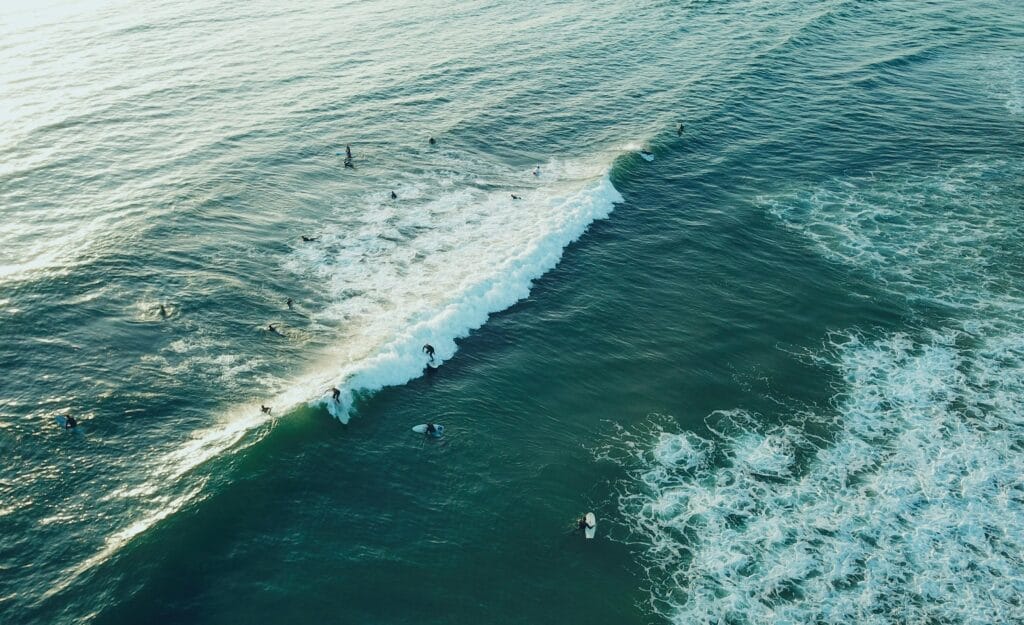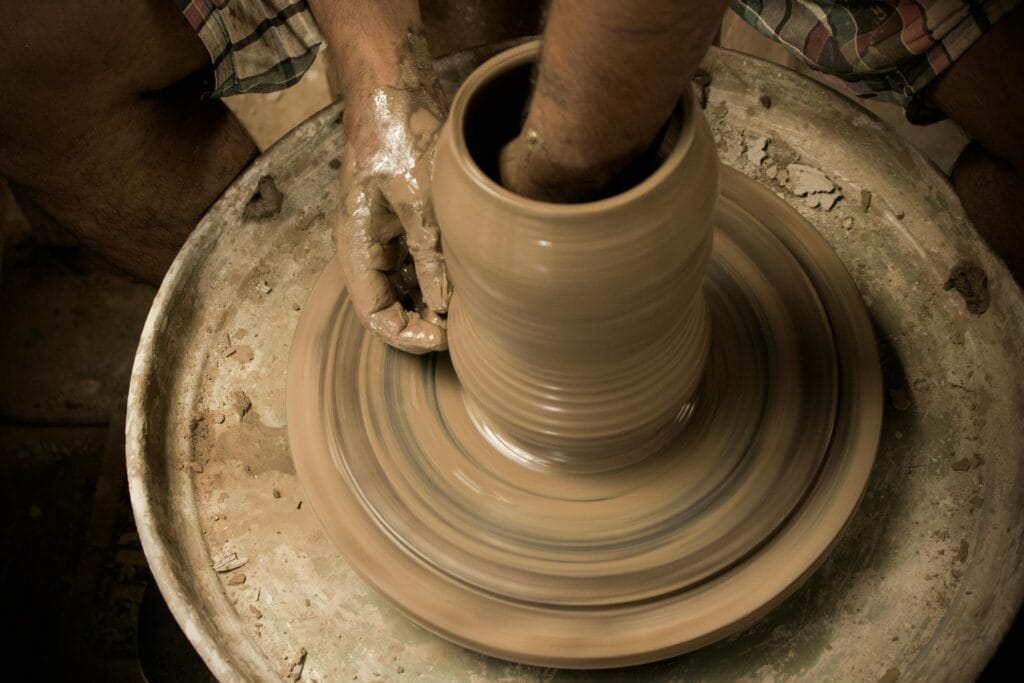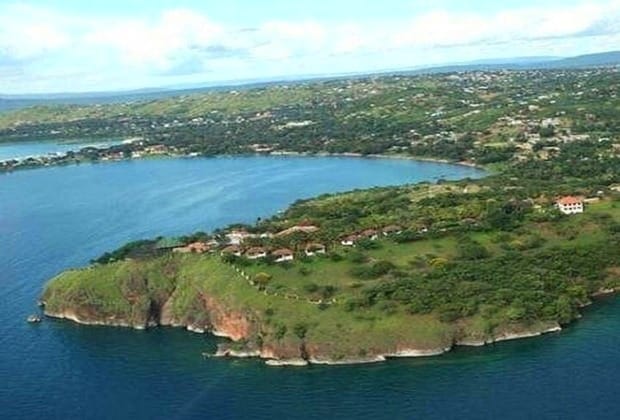Tanzania’s Artisan Perfume Making: Crafting Unique Scents with Local Ingredients
Tanzania, celebrated for its breathtaking landscapes and rich cultural heritage, also harbors a fragrant secret—its thriving artisan perfume industry. Blending traditional craftsmanship with the vibrant aromas of local flora, Tanzanian artisans create unique scents that capture the essence of the nation’s diverse ecosystems. Embarking on a perfume-making journey with Future African Safari offers you the opportunity to immerse yourself in this sensory art, learn the intricate processes behind fragrance creation, and take home a personalized scent that embodies your Tanzanian adventure. Join us as we explore Tanzania’s artisan perfume making, uncovering the secrets of crafting unique scents with local ingredients. The Artistry of Tanzanian Perfume Making Artisan perfume making in Tanzania is a harmonious blend of tradition, creativity, and nature. Each fragrance tells a story, reflecting the region’s cultural heritage and the natural abundance of its landscapes. Cultural Significance: Perfume making is deeply rooted in Tanzanian traditions, often used in ceremonies, rituals, and daily life to enhance personal and communal experiences. Creative Expression: Tanzanian perfumers harness their artistic talents to blend scents, experimenting with various ingredients to create distinctive and memorable fragrances. Sustainable Practices: Many artisan perfumers emphasize sustainability, sourcing ingredients ethically and utilizing eco-friendly methods to preserve Tanzania’s natural beauty. Local Ingredients: The Heart of Tanzanian Perfumes The unique scents of Tanzanian perfumes are derived from a rich palette of local ingredients, each contributing its own character and allure. 1. Indigenous Flowers and Plants Tanzania’s diverse ecosystems are home to a myriad of aromatic flowers and plants, providing the foundation for many traditional and modern perfumes. Frangipani (Plumeria): Known for its sweet, tropical scent, frangipani is a staple in many Tanzanian fragrances, evoking the essence of Zanzibar’s beaches. Jasmine (Jasminum spp.): Jasmine flowers offer a rich, intoxicating aroma, often used in perfumes to add depth and sophistication. Geranium (Pelargonium spp.): With its rosy, minty scent, geranium adds a refreshing note to Tanzanian perfumes, enhancing their complexity. 2. Exotic Spices and Herbs Spices and herbs not only add unique aromas but also infuse perfumes with their cultural and historical significance. Cloves (Syzygium aromaticum): Cloves provide a warm, spicy note, often used in evening and winter fragrances. Cinnamon (Cinnamomum verum): Cinnamon’s sweet and woody scent adds a comforting and inviting layer to perfumes. Mint (Mentha spp.): Fresh and invigorating, mint offers a crisp note that balances richer scents. 3. Resins and Balsams Natural resins and balsams contribute depth and longevity to Tanzanian perfumes, enhancing their overall allure. Frankincense (Boswellia sacra): Frankincense imparts a resinous, earthy aroma, often used in meditative and spiritual fragrances. Myrrh (Commiphora myrrha): Myrrh adds a rich, balsamic scent, complementing floral and spicy notes beautifully. The Perfume-Making Process: From Extraction to Blending Creating artisan perfumes involves a meticulous process that combines traditional techniques with modern innovations. 1. Extraction of Essential Oils The first step in perfume making is extracting essential oils from the chosen ingredients. Steam Distillation: This method is commonly used to extract oils from flowers and herbs, preserving their delicate aromas. Cold Pressing: Used primarily for citrus fruits, cold pressing involves mechanically extracting oils without heat, maintaining their fresh and vibrant scents. Solvent Extraction: For certain resins and balsams, solvent extraction is employed to obtain pure, concentrated oils. 2. Blending and Formulation Blending is where the magic happens, as perfumers combine various essential oils to create harmonious and balanced fragrances. Top Notes: These are the initial scents that hit the nose, providing an immediate impression of the perfume. They are usually light and volatile. Middle Notes: Also known as heart notes, these emerge after the top notes dissipate, adding depth and complexity. Base Notes: These are the long-lasting scents that form the foundation of the perfume, providing richness and longevity. 3. Aging and Maturation Once blended, the perfume is allowed to age and mature, allowing the scents to meld and develop their full character. Maturation Period: The perfume is stored in controlled conditions for several weeks to months, enhancing the integration of the different notes. Quality Control: During this period, perfumers conduct tests to ensure consistency and quality, making adjustments as necessary. Experiencing Artisan Perfume Making in Tanzania Engaging in a perfume-making workshop with Future African Safari offers a hands-on experience that connects you with Tanzanian culture and creativity. 1. Guided Workshops Join expert perfumers in immersive workshops where you’ll learn the art of crafting your own unique fragrance. Introduction to Perfume Making: Gain foundational knowledge about the history, techniques, and cultural significance of perfume making in Tanzania. Hands-On Blending: Experiment with different ingredients under the guidance of skilled artisans, creating a personalized scent that reflects your tastes and experiences. Scent Evaluation: Learn how to evaluate and refine your fragrance, understanding the balance between top, middle, and base notes. 2. Visiting Local Markets and Farms Explore local markets and botanical farms to source fresh and authentic ingredients for your perfume. Market Tours: Wander through bustling markets, selecting the finest flowers, herbs, and spices that will form the basis of your fragrance. Farm Visits: Tour botanical farms where sustainable farming practices are employed, ensuring the quality and purity of the ingredients used in Tanzanian perfumes. 3. Cultural Immersion Beyond perfume making, engage with the local community and immerse yourself in Tanzanian traditions. Artisan Interactions: Meet local perfumers and artisans, learning about their craft and the cultural stories behind their creations. Traditional Ceremonies: Participate in cultural ceremonies and rituals where perfumes play a significant role, enhancing your understanding of their societal importance. Sustainability and Ethical Practices in Tanzanian Perfume Making Future African Safari is committed to promoting sustainable and ethical practices in artisan perfume making, ensuring that your experience supports both the environment and local communities. Eco-Friendly Sourcing: We prioritize sourcing ingredients from sustainable farms and cooperatives, minimizing environmental impact and promoting biodiversity. Fair Trade Practices: By collaborating with local perfumers and artisans, we ensure fair compensation and support for their livelihoods, fostering economic stability within the community. Environmental Stewardship: Our workshops emphasize the importance of preserving natural resources and maintaining eco-friendly production methods, aligning with Tanzania’s…
Tanzania’s Artisan Perfume Making: Crafting Unique Scents with Local Ingredients Read More »











